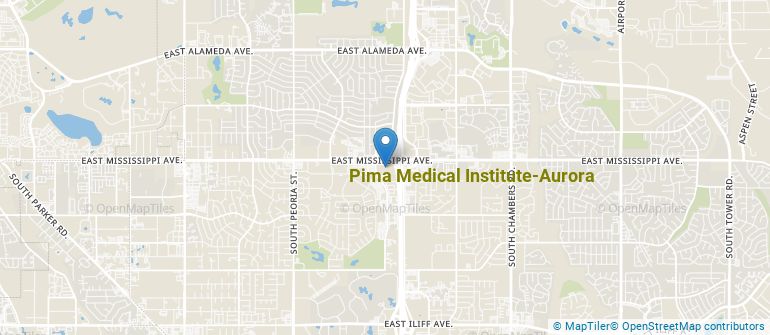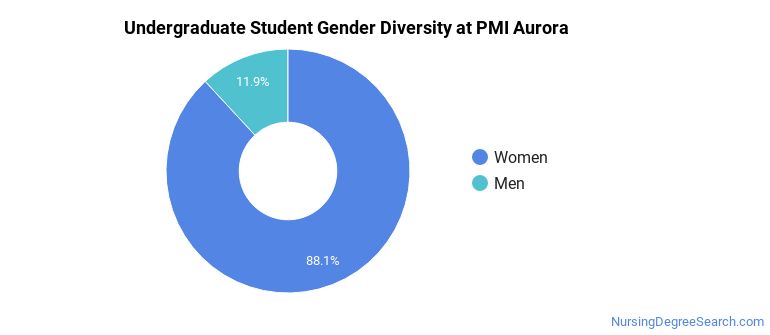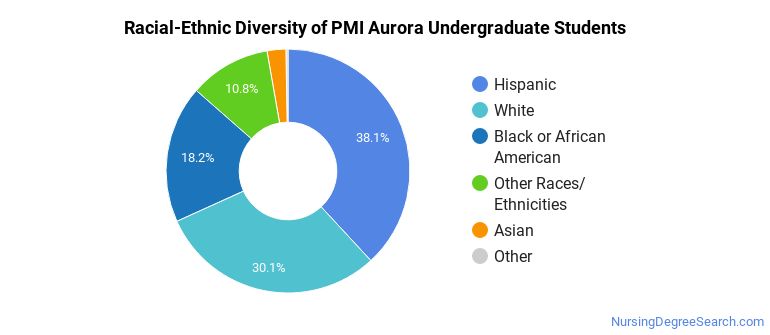Pima Medical Institute - Aurora Nursing Programs
Located in Aurora, Colorado, Pima Medical Institute - Aurora is a private for-profit institution. The location of PMI Aurora is great for students who prefer living in an urban area.
Where Is Pima Medical Institute - Aurora?

Contact details for PMI Aurora are given below.
| Contact Details | |
|---|---|
| Address: | 13750 E. Mississippi Avenue, Aurora, CO 80012-0000 |
| Phone: | 303-368-7462 |
| Website: | pmi.edu |
Can I Afford Pima Medical Institute - Aurora?
Student Loan Debt
Almost 66% of college students who graduated with the class of 2018 took out student loans, but that percentage varies from school to school. At PMI Aurora, approximately 61% of students took out student loans averaging $7,435 a year. That adds up to $29,740 over four years for those students.
Pima Medical Institute - Aurora Undergraduate Student Diversity
Gender Diversity
Of the 362 full-time undergraduates at PMI Aurora, 12% are male and 88% are female.

Racial-Ethnic Diversity
The racial-ethnic breakdown of Pima Medical Institute - Aurora students is as follows.

| Race/Ethnicity | Number of Grads |
|---|---|
| Asian | 9 |
| Black or African American | 66 |
| Hispanic or Latino | 138 |
| White | 109 |
| International Students | 1 |
| Other Races/Ethnicities | 39 |
Pima Medical Institute - Aurora Nursing Concentrations
The table below shows the number of awards for each concentration.
| Major | Undergraduate Certificate | TOTAL |
|---|---|---|
| Licensed Practical/Vocational Nurse Training | 41 | 41 |
| TOTAL | 41 | 41 |
References
*The racial-ethnic minorities count is calculated by taking the total number of students and subtracting white students, international students, and students whose race/ethnicity was unknown. This number is then divided by the total number of students at the school to obtain the racial-ethnic minorities percentage.
More about our data sources and methodologies.
